Notes From the Field: Searching for Historic Boundaries
Writing and photography by NEFF Stewardship Associate Beth Gula Spring field…

Spring ephemerals—herbaceous, perennial flowering plants found in deciduous forests—get their name from their fast-paced lifecycles. They are the early risers of New England’s spring flowers and can only be viewed for a few short weeks before they return to a dormant state.
Between the end of the spring snowmelt and the full leafing of deciduous trees, spring wildflowers manage to bloom and produce seed; the ephemerals have evolved to take advantage of the narrow window during which sunlight directly reaches the forest floor by being among the first to produce leaves and capture the energy of the sun. Most of them also bloom during these few weeks and their blossoms are some of the showiest of New England’s native wildflowers.
To see spring ephemerals in all their glory in southern New England, aim to hit the trails in the first week of May, and head out again in the middle of May to see a wider diversity of wildflowers. In northern New England, head out in mid-May to catch ephemerals, depending on when the snowmelt ends. Ephemeral species to look for:
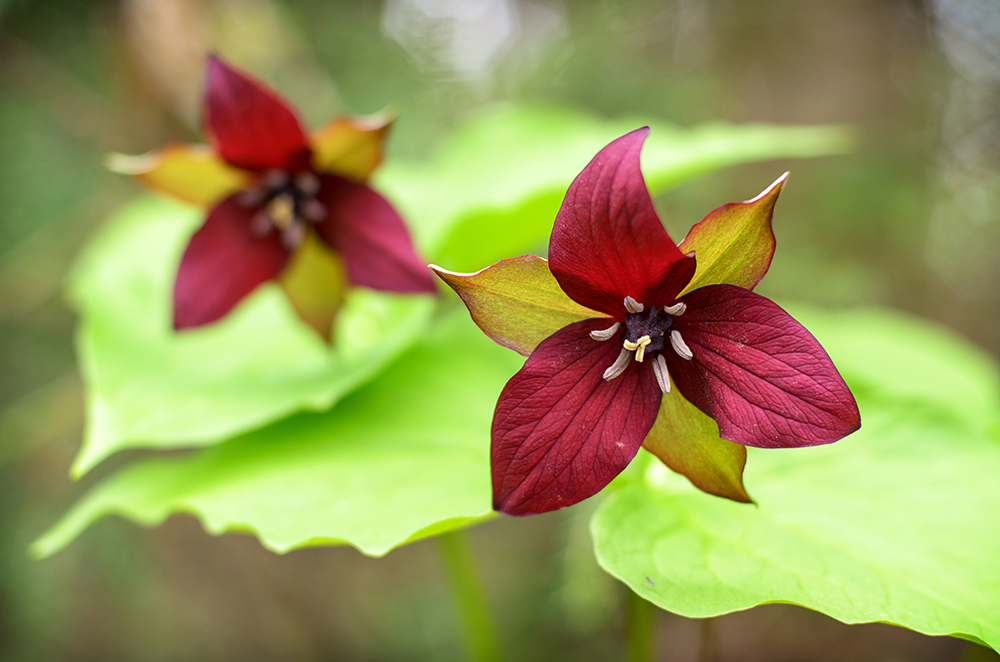
Red Trillium
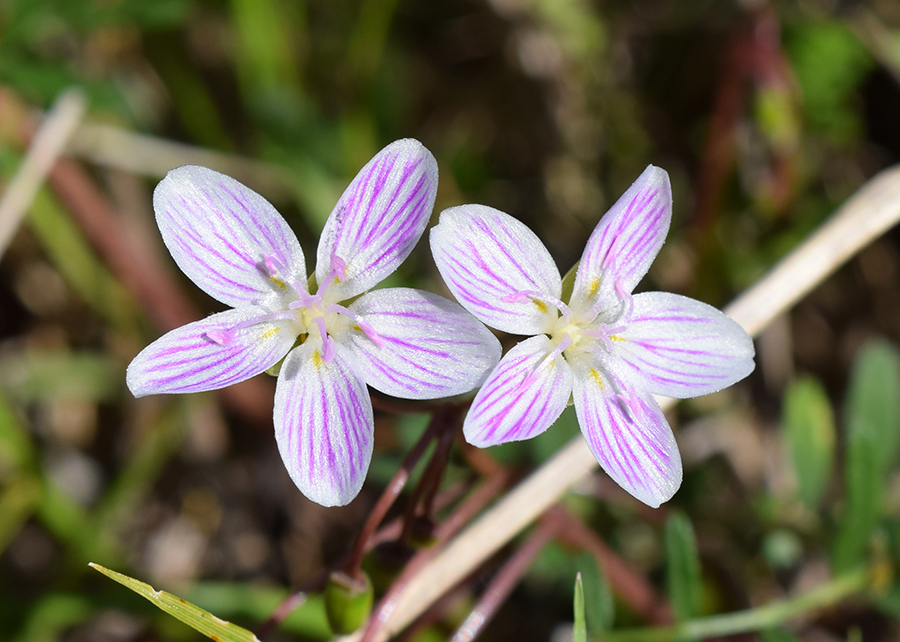
Virginia Springbeauty
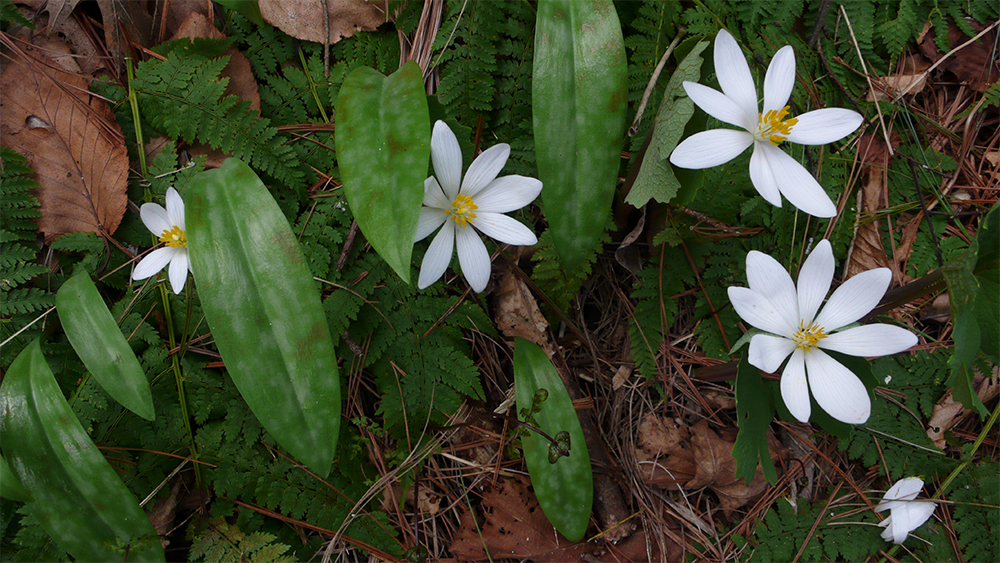
Bloodroot blooms (white flowers) and Trout Lily leaves, photo by Frank Lowenstein
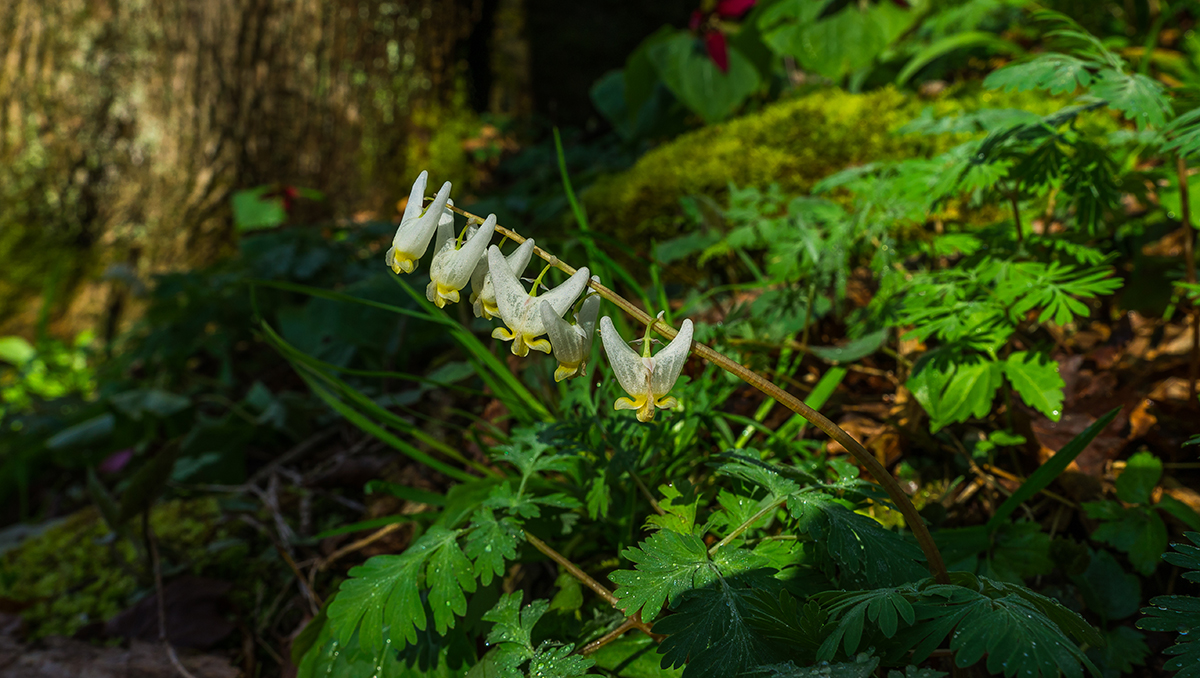
Dutchman’s Breeches
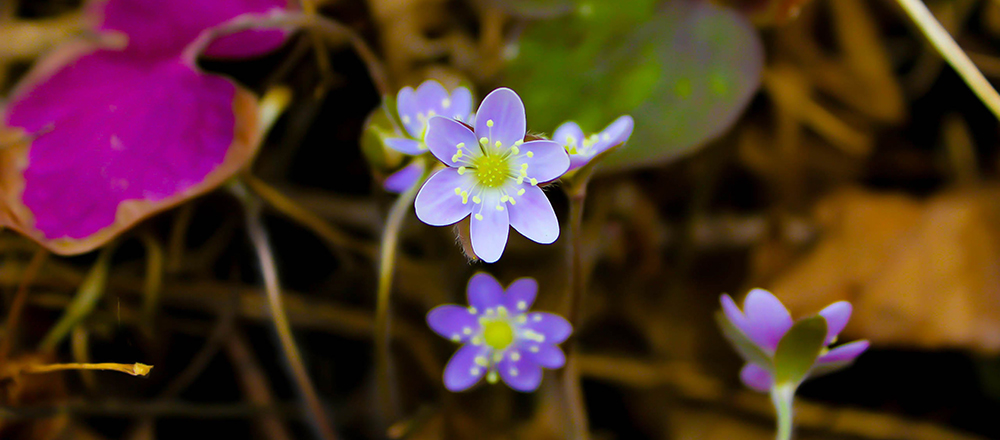
Round-lobed Hepatica
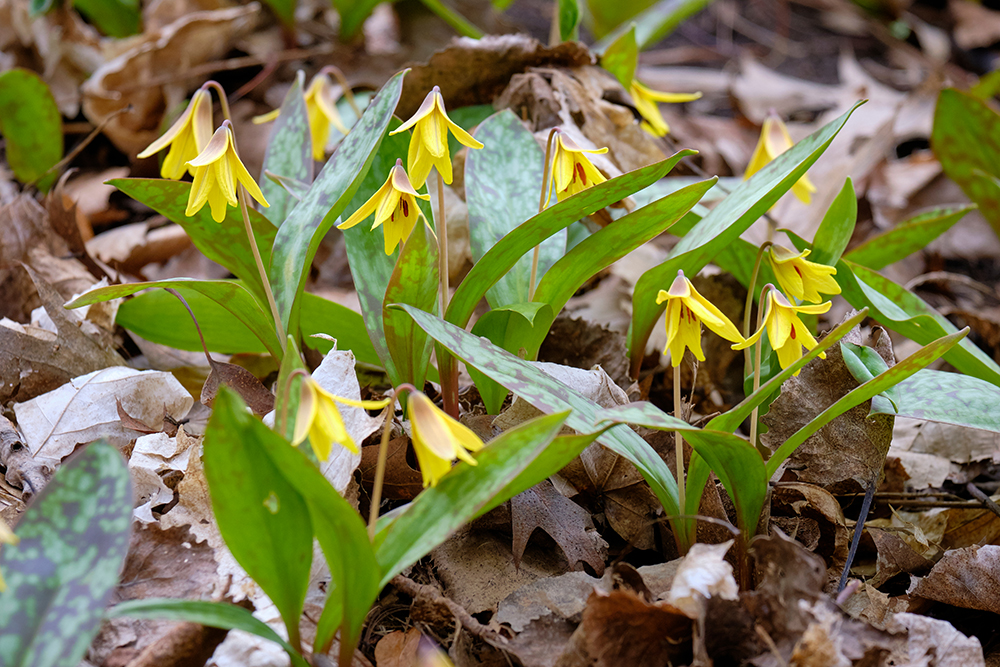
Trout Lily
Some of these flowers are often found in calcium-rich forests, which is to say, forests where limestone and marble are plentiful; many grow along streams and brooks, or along rocky ledges, cliffs and mountainsides. This makes the Housatonic Valley and Valley of Vermont—located on the western edge of Vermont, between the Taconic Mountains on the west and the Green Mountains on the east—good starting points for finding wild ephemerals. Look for rocky limestone ledges along the western edge of both valleys.
New England Forestry Foundation has a few properties that meet these criteria, but only one of them is moderately easy to access. NEFF’s 434-acre Nichols Memorial Forest is located in the Valley of Vermont region and sits on a relatively level spot above the valley floor. A country road and logging trails pass through the property, but be prepared to bushwhack to see the ephemerals as there are no formal, maintained trails. Wear long pants and spray your socks and pants hems with bug repellent to reduce the chance of picking up ticks; they also like this same seasonal window.
Some spring ephemerals are rare and protected species, and all spring ephemerals play important parts in their ecosystem, so if you choose to see them in person, limit yourself to admiring them from a safe distance and taking a few photos. Please do not touch the plants, pick flowers, or disturb the plants in any way.
For more information, visit mass.gov/news/now-is-the-time-to-look-for-blooming-spring-ephemerals